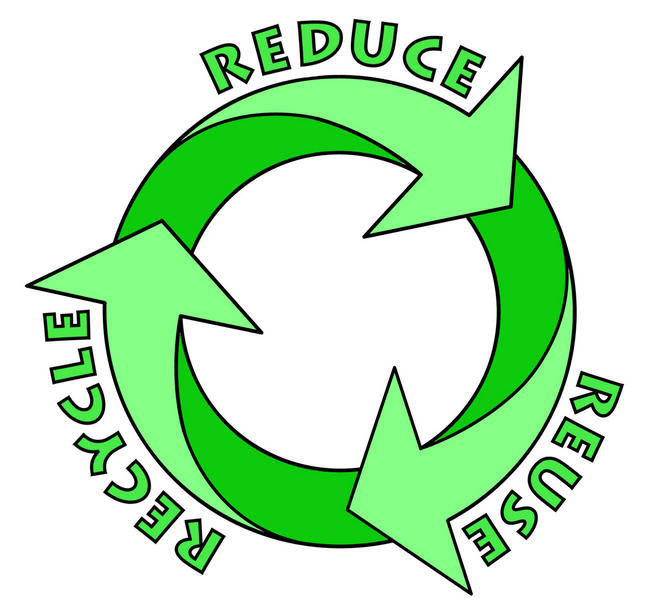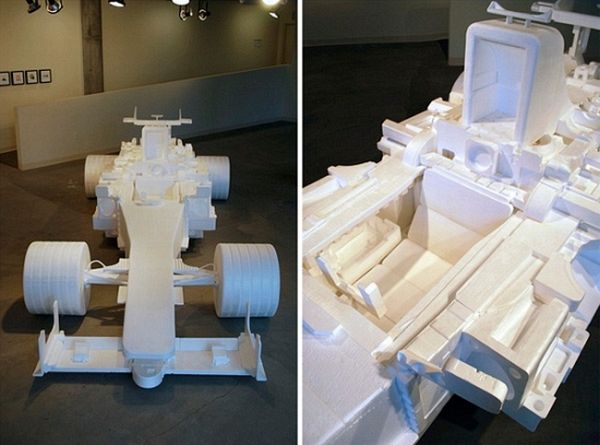
Recycling is a method of processing the materials that are already being used, i.e. waste into new products. It is done to avoid the wastage of possibly helpful materials and also decrease the utilization of new raw materials at the same time reducing the energy usage and reducing air and water pollution. Recycling is a vital part of waste reduction in modern times. But there are certain myths that are not true about recycling.
Here are some such common myths about recycling and their underlying facts that will clear all your doubts.
Myth no.1: Most of the plastic put in recycling bins ends up in the garbage.
Fact
This myth is somewhat true now, but is not the same all the time. Sorting of plastics is bit difficult job for the recycling processors.
Bottles can be divided out with the use of magnets; small pieces of coffee-cup lids are flattened and mixed with paper bales. The bags get stuck in the rotating disks of the sorting equipment, thereby forcing it to shut-down frequently. Due to all this, most of the plastic used do end up in the landfills. About less than 1% of polystyrene containers, i.e. the yogurt pots get recycled as well as recyclables like PET, i.e. soft-drink bottles do end up in the trash most of the times. It is because these plastic stuffs do not get accepted. Making use of new technology, such as infrared light to right away recognize the chemical composition of a material and then is directed to the required pile with a puff of air.
Myth no. 2: Only 25 to 30% of solid wastes can be recycled.
Fact
In 1985, the maximum level of waste that can be recycled was considered as 25%. And in todayâs time, it should be the minimum, percentage. With the use of recycling, reuse and composting methods, one can recycle around 50% of waste. The percent of recycling always keeps growing. The more you recycle the better it is for our mother earth. Today there are so many different methods of recycling available that help in recycling of more and more things in a convenient manner.
By making use of strategies for waste prevention, you can recover a range of materials. Collect the source separately for composting, and encourage backyard composting in the residential sector to the commercial and institutional sectors.
Myth no. 3: Recycling of trash is expensive in comparison to its collection as well as disposal.
Fact
If you are designing things properly, recycling programs can be cost-effective as trash collection and disposal. The curbside recycling cost is always compared with the cost of conventional disposal, but the recycling cost displaces the collection and the disposal costs. The average expenditure of collection as well as disposal needs to be compared to the average expenditure of collection as well as recovery.
Myth no. 4: Recycling is important as we are falling short of landfill spaces.
Fact
It is true that you start dumping all the recyclable stuffs in the landfill some day we will start to run out of space. But it is also a fact that you can get new spaces for landfill. The actual idea behind recycling is to avoid the harm caused to nature. If there are towns that say no to build a landfill, there are at the same time many towns that are willing for the profits that a landfill site brings.
The reason for the motivation of recycle stuffs to keep landfill space argument is to protect environmental harm.
Myth no. 5: The trucks that are used to collect recycling use more energy at the same time produce pollution than what recycling saves.
Fact
Collection of recyclables is not cheap. The process takes around 50 to 60 % of the curbside recycling programâs budget. It is also true that these collecting trucks burn fuel as well as emit pollution. You are collecting waste either ways. A good recycling program should ensure that there is less frequent garbage collection or the use of trucks should be lesser in number thereby reducing the cost as well as the energy involved. You can also use measure to design new truck that can collect together recycling and garbage at the same time avoiding the expense involved in using an additional fleet.
A study says that it takes around 10.4 million Btu to produce products using a ton of recyclable products in comparison to the 23.3 million Btu used for virgin materials. In contrary, the total energy used for hauling, collecting as well as processing of one ton of recyclables is just around 0.9 million Btu. The moral remains that we do not need to worry about the harm done by these recycling trucks as it is negligible amount in comparison to the recycling.




